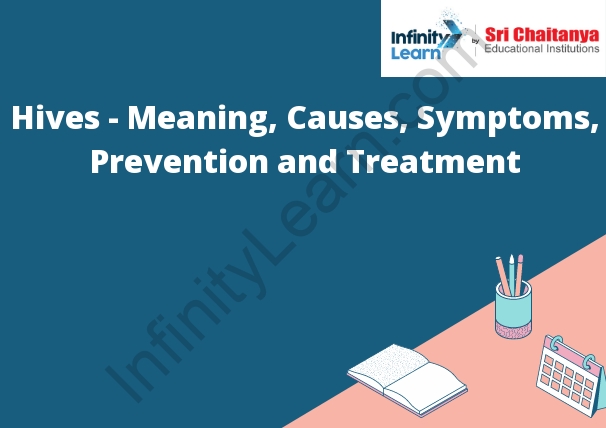Table of Contents
Define Hives Skin
Hives is a skin condition where there is a sudden outbreak of red, itchy bumps on the skin. The bumps can be anywhere on the body, but are often on the chest, arms, and legs. The condition is called hives because the bumps look like a hive or nest of bees.

Causes of Hives
There are many potential causes of hives, including allergic reactions, infections, and physical stimuli. In many cases, the cause of hives is unknown.
Symptoms of Hives
Hives are itchy, swollen welts on the skin that are often caused by an allergic reaction. The welts can vary in size, and they may join together to form larger areas of skin inflammation. Other symptoms of hives can include a feeling of warmth or burning, a tingling sensation, or swelling of the lips, tongue, or throat. In some cases, hives can also lead to difficulty breathing.
The Common Triggers of Hives
There are many potential triggers of hives, including allergies, autoimmune diseases, infections, and physical stimuli. In many cases, the cause of hives is unknown.
Preventing The Triggers of Hives
There is no one definitive answer to preventing the triggers of hives, as the triggers can vary from person to person. However, some general tips that may help include:
-Avoiding known allergens, such as pollen, pet dander, and dust mites
-Staying cool and avoiding excessive heat
-Avoiding strenuous physical activity
-Managing stress levels
-Eating a balanced, healthy diet
When Should You Visit a Doctor for Hives?
There is no single answer to this question as it depends on the individual’s specific situation and symptoms. In general, however, it is advisable to see a doctor for hives if they persist for more than a few days, are accompanied by other symptoms such as fever or shortness of breath, or are unusually severe.
Diagnosis of Hives
The diagnosis of hives is typically based on a person’s medical history and a physical examination. During the medical history, a doctor will ask about any recent exposures to allergens or medications that could potentially cause hives. The physical examination will include a thorough examination of the skin to look for any signs of hives.
If a person has a history of hives and the physical examination confirms the presence of hives, a diagnosis of hives is typically made. If a person does not have a history of hives, but the physical examination reveals the presence of hives, a doctor will likely perform some additional tests to determine the cause of the hives.
Treatment of Hives
The treatment of hives usually involves taking an antihistamine medication. If the hives are severe, a corticosteroid may also be prescribed.








